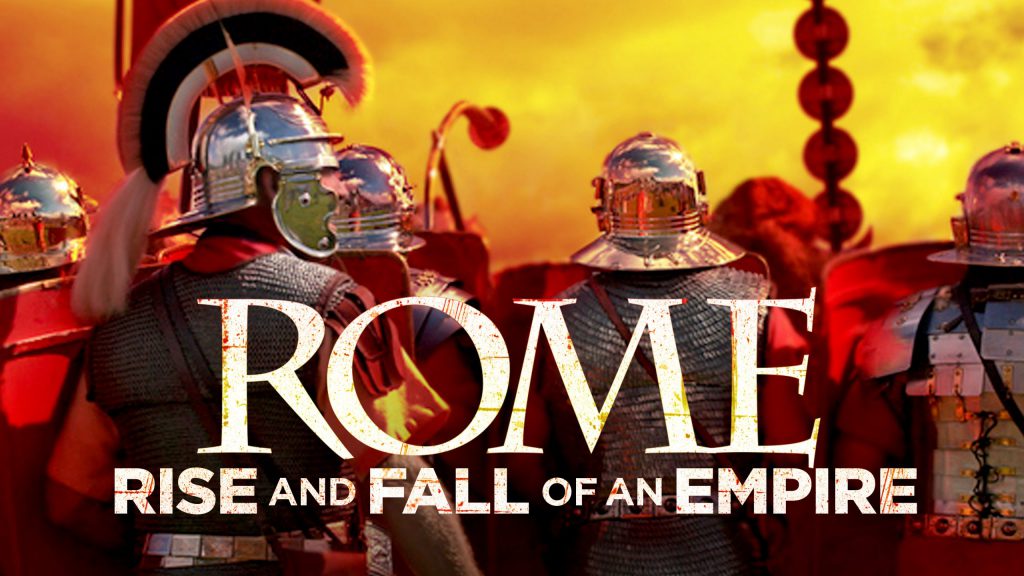Ancient Rome: The Rise and Fall of an Empire episode 6: How did a weak emperor turn on his allies and bring about the collapse of the empire? In AD 410, the Goth hordes sacked the city. This event symbolised Rome’s collapse, but it should never have happened at all.
Dramatic reconstructions and computer graphics tell the story of ancient Rome. Turning points in ancient Roman history and some of the Empire’s greatest stories are brought to life in this drama documentary series. This dramatized documentary series tells the story of the rise and fall of Ancient Rome concentrating on six key turning points.
Ancient Rome: The Rise and Fall of an Empire episode 6
Fall of the Western Roman Empire
The fall of the Western Roman Empire (also called the fall of the Roman Empire or the fall of Rome) was the loss of central political control in the Western Roman Empire, a process in which the Empire failed to enforce its rule, and its vast territory was divided into several successor polities. The Roman Empire lost the strengths that had allowed it to exercise effective control over its Western provinces; modern historians posit factors including the effectiveness and numbers of the army, the health and numbers of the Roman population, the strength of the economy, the competence of the emperors, the internal struggles for power, the religious changes of the period, and the efficiency of the civil administration.
Increasing pressure from invading barbarians outside Roman culture also contributed greatly to the collapse. Climatic changes and both endemic and epidemic disease drove many of these immediate factors. The reasons for the collapse are major subjects of the historiography of the ancient world and they inform much modern discourse on state failure.
In 376, unmanageable numbers of Goths and other non-Roman people, fleeing from the Huns, entered the Empire. In 395, after winning two destructive civil wars, Theodosius I died, leaving a collapsing field army, and the Empire, still plagued by Goths, divided between the warring ministers of his two incapable sons. Further barbarian groups crossed the Rhine and other frontiers and, like the Goths, were not exterminated, expelled or subjugated. The armed forces of the Western Empire became few and ineffective, and despite brief recoveries under able leaders, central rule was never effectively consolidated.
By 476, the position of Western Roman Emperor wielded negligible military, political, or financial power, and had no effective control over the scattered Western domains that could still be described as Roman. Barbarian kingdoms had established their own power in much of the area of the Western Empire. In 476, the Germanic barbarian king Odoacer deposed the last emperor of the Western Roman Empire in Italy, Romulus Augustulus, and the Senate sent the imperial insignia to the Eastern Roman Emperor Flavius Zeno.




